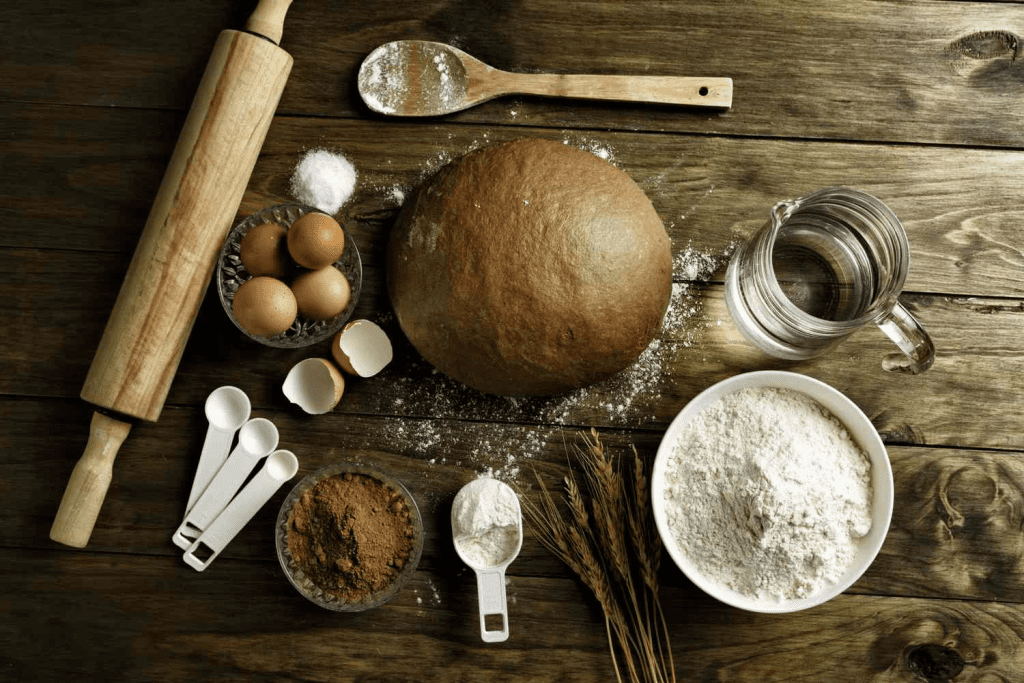Bread is a staple food across the world, but when it comes to comparing European bread to American bread, people often argue about which is healthier. Some claim that European bread is superior because it contains fewer additives and is made using traditional methods. Others argue that American bread offers convenience and affordability. So, is your mother-in-law right? Let’s break down the facts and settle this debate once and for all.
Understanding the Core Ingredients of Bread

At its most basic level, bread is made from four essential ingredients: flour, water, yeast, and salt. However, the way these ingredients are processed and the additional components added can vary significantly between Europe and the United States.
- European bread often uses whole-grain or less refined flour, which retains more natural fiber and nutrients.
- American bread frequently contains enriched flour, which has some vitamins and minerals added back after processing but often includes additives and preservatives to extend shelf life.
Why Is European Bread Different?
European countries have a long tradition of bread-making, and many bakers still use age-old methods that emphasize quality over mass production. The key differences in European bread include:
- Traditional Fermentation Methods – Many European breads, especially sourdough varieties, undergo slow fermentation. This natural process improves digestibility and enhances the bread’s nutritional value.
- Fewer Additives – European regulations restrict the use of artificial preservatives, emulsifiers, and bleaching agents commonly found in American bread.
- Higher Fiber Content – Whole grains and less processed flour contribute to a more nutrient-dense loaf.
What Makes American Bread Different?
In the U.S., bread is often produced on a large scale to prioritize convenience and extended shelf life. Some key characteristics of American bread include:
- Mass Production – Many American breads are made in factories, focusing on efficiency rather than traditional methods.
- More Preservatives – To keep bread fresh for longer, preservatives like calcium propionate and potassium bromate are commonly added—both of which are banned in the EU due to potential health concerns.
- Sweeter Taste – High-fructose corn syrup or added sugar is more common in American bread, altering its nutritional profile.
The Role of Additives and Preservatives in Bread
One of the biggest points of contention in the European vs. American bread debate is the use of additives and preservatives. While these ingredients help extend shelf life and improve texture, they may not always be the best for health.
- Europe bans certain additives like potassium bromate and azodicarbonamide, which have been linked to potential health risks.
- The U.S. allows more flexibility in food processing, meaning bread can contain a variety of stabilizers, dough conditioners, and artificial ingredients.
Nutritional Comparison: Which Bread Is Healthier?
When comparing the nutritional value of bread, European varieties often come out ahead. Here’s why:
- Higher Fiber Content – European bread, especially whole grain and sourdough, is typically higher in fiber, aiding digestion and promoting gut health.
- Lower Sugar Levels – Many American breads contain added sugar, which can contribute to weight gain and blood sugar spikes.
- Better Digestibility – The long fermentation process in European bread breaks down gluten and phytic acid, making it easier for some people to digest.
Cultural and Regulatory Differences in Bread-Making

Food culture and government regulations heavily influence how bread is made in each region.
- In Europe, bread is often made by small, family-run bakeries that follow traditional recipes. Regulations are stricter, ensuring fewer artificial ingredients.
- In the U.S., large food corporations dominate the bread market, leading to the use of cost-effective ingredients and production methods that prioritize longevity over freshness.
Does That Mean European Bread Is Always Better?
Not necessarily. While European bread has clear advantages in terms of ingredients and preparation, high-quality bread can be found in the U.S. as well. Many American artisan bakeries use traditional methods, organic flour, and natural fermentation to create bread that rivals European varieties.
If you want healthier bread in the U.S., look for:
✔ Whole grain or whole wheat bread instead of white bread
✔ Organic or preservative-free options
✔ Breads from local bakeries rather than mass-produced brands
✔ Sourdough or sprouted grain bread for better digestibility
Final Verdict: Who Wins the Bread Battle?
So, is European bread really healthier than American bread? In many cases, yes—especially when considering the absence of additives, higher fiber content, and traditional baking methods. However, not all American bread is bad, and there are plenty of high-quality options available for those willing to seek them out.
At the end of the day, the healthiest bread is one made with minimal processing, whole grains, and no unnecessary additives—whether it’s from Europe or the U.S. So, maybe you and your mother-in-law can call this one a draw and just enjoy a good loaf together!


